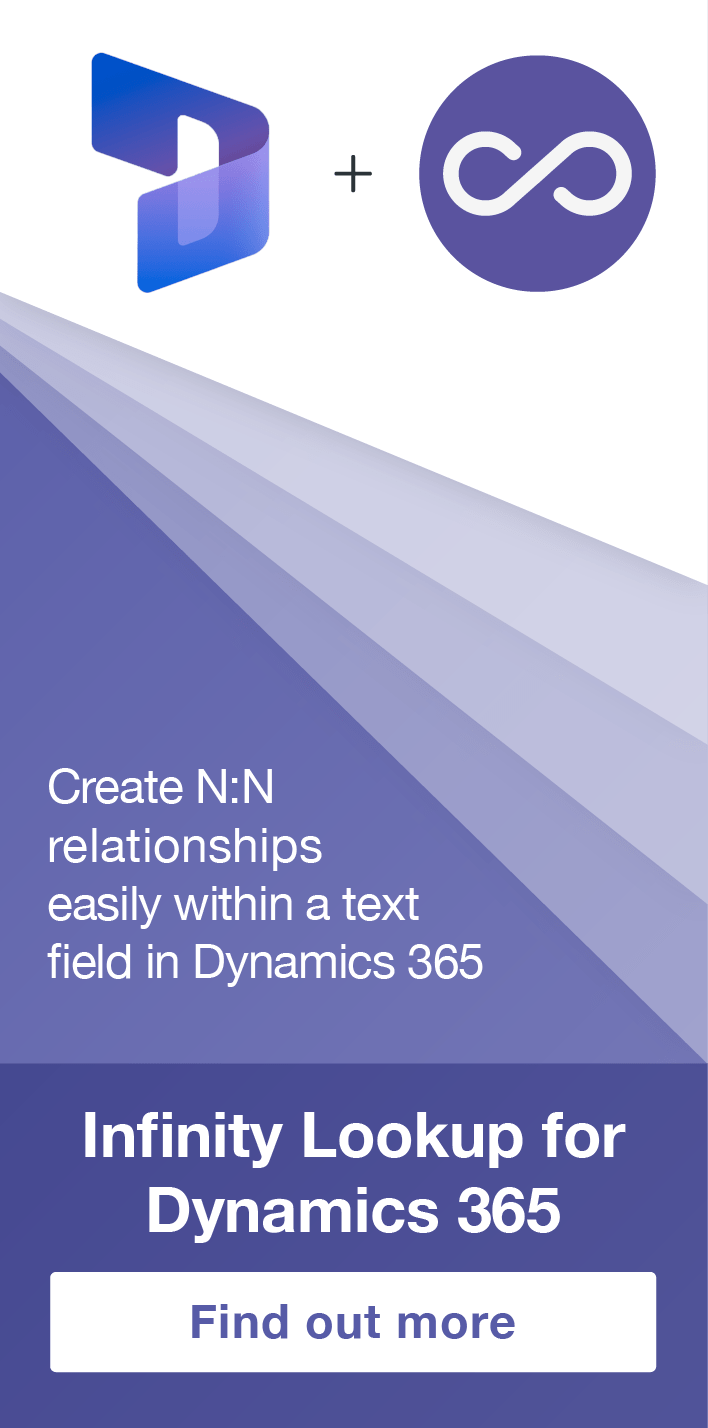New Customization Experience in Dynamics 365
Nick Chin, 15 November 2019
You may have noticed a few years ago the Power Apps logo was added to the Dynamics 365 Solution Customization page. This was a sign of things to come.
Microsoft has redesigned the way customizations are done in Dynamics 365.
You can view the new Customization experience by clicking the “Try New Experience” button in the message at the top of the Customization window.
Otherwise browse directly to PowerApps through the menu or https://make.powerapps.com and then open the Solutions tab.
Microsoft is changing Dynamics 365 to use the PowerApps Customization and will eventually phase out the classic Customization.
If you haven't used PowerApps before, what is the difference?
The new Customization UI is a giant leap from the classic UI, which has essentially been the same since CRM 2011.
Now let’s compare the differences between the Classic Customization and the New Customization.
Customization Solutions
Classic:
New:
The UI is noticeably different with the menu on the left, the Dynamics 365 solutions are all located within PowerApps.
An additional function is the Solution checker, which you can run to view the analysis of your solutions. This allows you to view a report of your components or code and check whether you are following best practices. You may receive warning or error messages relating to your Plugins, Web Resources or Workflows.
Components
Classic:
New:
The new UI is a lot cleaner than the classic.
Instead of a navigation tree to each record you need to select the filter in the top right.
Entities
Classic:
New:
When customizing an entity, the navigation has changed from the Tree view to Tabs.
Additionally, in the Data tab you can view live data from Dynamics 365 and interact with records like the Entity View.
Forms
Classic:
New:
The biggest changes are with the form editor.
With cut and paste you can easily move fields, controls, sections or tabs around like a Word document.
Instead of clicking “Change Properties” for a pop up to edit items on the form, it is easily accessed on the right panel just by clicking something like a field.
Adding Fields or Components are now accessed from the left panel.
Also, the Forms content is viewable in the Tree View. This is a visual way to see the layout of the Form.
Fields
Classic:
New:
Fields are added through a panel on the right, rather than a pop up. This makes for a better user experience.
The changes to fields include:
The menu has been cut down; removing “Field Security”, “Auditing”, “Appears on global filter as interactive experience” and “Sortable in interactive experience dashboard”.
Note: Currently to modify these field settings you will need to use the Classic customization.
“Data Types” have had an overhaul:
Categories have changed “Single Line of Text” is now “Text”, “Multiple Lines of Text” is “Multiline Text”, and Image has been removed as an option.
The Format field has been removed and is included in Data Types under a corresponding Category. Below shows the options previously available for “Single Line of Text”.
The Data Type “Two Options” has icons added to indicate, which is Yes and No, even if the Label changes.
Views
Classic:
New:
Here is another drastically different change, this looks like the new form editor.
The Left Panel is for adding fields, the Right Panel for changing the View settings.
You can see data in the View, while editing it, which is very helpful when configuring settings like column width.
Plus having an Undo and Redo button is a useful feature.
This was a brief overview of the new Customization experience, now is the time to embrace change!

